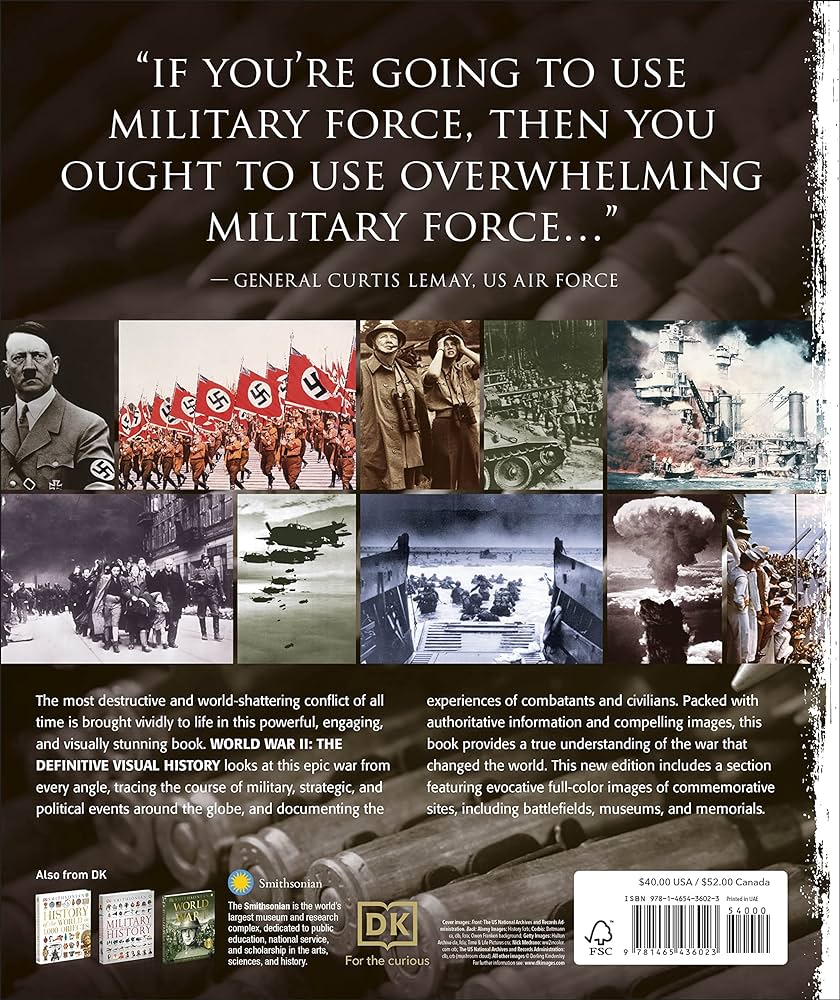War and Remembrance: The Ultimate Military History Tourism Experience offers travelers a chance to immerse themselves in the past, gain deeper understanding of the sacrifices made by soldiers, and reflect on the lessons of history. From battlefields and war museums in Europe to memorials in Vietnam and the Middle East, visitors can pay tribute to those who fought and reflect on the enduring impact of war on societies. Whether exploring World War I and World War II sites or more recent conflicts, military history tourism provides a somber yet enlightening experience that highlights the importance of peace and understanding in today’s world.
War and Remembrance: The Ultimate Military History Tourism Experience
In recent years, military history tourism has become a popular niche market for travelers seeking to learn more about the world’s conflicts and the sacrifices made by soldiers throughout history. For those looking to truly immerse themselves in the past and gain a deeper understanding of the events that have shaped our world, a visit to sites of war and remembrance offers a unique and powerful experience.
From battlefields and war museums to memorials and cemeteries, military history tourism provides a somber yet enlightening look at the human cost of war and the lasting impact it has on societies and individuals. By visiting these sites, travelers can pay their respects to those who fought and died in conflicts, gain a greater appreciation for the sacrifices made, and reflect on the lessons of history.
One of the most popular destinations for military history tourism is Europe, where the scars of World War I and World War II can still be seen in the landscape. From the fields of Flanders in Belgium, where thousands of soldiers lost their lives in the trenches, to the beaches of Normandy in France, where the D-Day landings took place, there are numerous sites that offer a poignant reminder of the brutality of war.
In addition to the battlefields themselves, there are also many war museums and memorials in Europe that provide a comprehensive look at the events of the wars, as well as the individuals who fought in them. The Imperial War Museum in London, for example, offers a wealth of exhibits and artifacts that bring the history of World War I and World War II to life, while the Anne Frank House in Amsterdam provides a moving look at the impact of the Holocaust on one young girl and her family.
For those interested in more recent conflicts, there are also opportunities for military history tourism in places like Vietnam, where the Vietnam War Memorial in Ho Chi Minh City and the Cu Chi tunnels offer a window into the struggles and sacrifices of the Vietnamese people during the war. In the Middle East, sites like the Beirut War Museum in Lebanon and the Anzac Cove in Gallipoli, Turkey, provide insight into the conflicts that have shaped the region.
While military history tourism can be a sobering experience, it is also a valuable one for those looking to gain a greater understanding of the past and the enduring impact of war on societies and individuals. By visiting sites of war and remembrance, travelers can pay tribute to those who have fought and died in conflicts, learn more about the events that have shaped our world, and reflect on the lessons of history.
Ultimately, war and remembrance tourism offers a unique opportunity to honor the sacrifices of the past, remember the lessons learned from conflicts, and gain a deeper appreciation for the importance of peace and understanding in the world today. For those interested in military history and the human cost of war, a visit to sites of war and remembrance is an essential experience that will leave a lasting impression.
